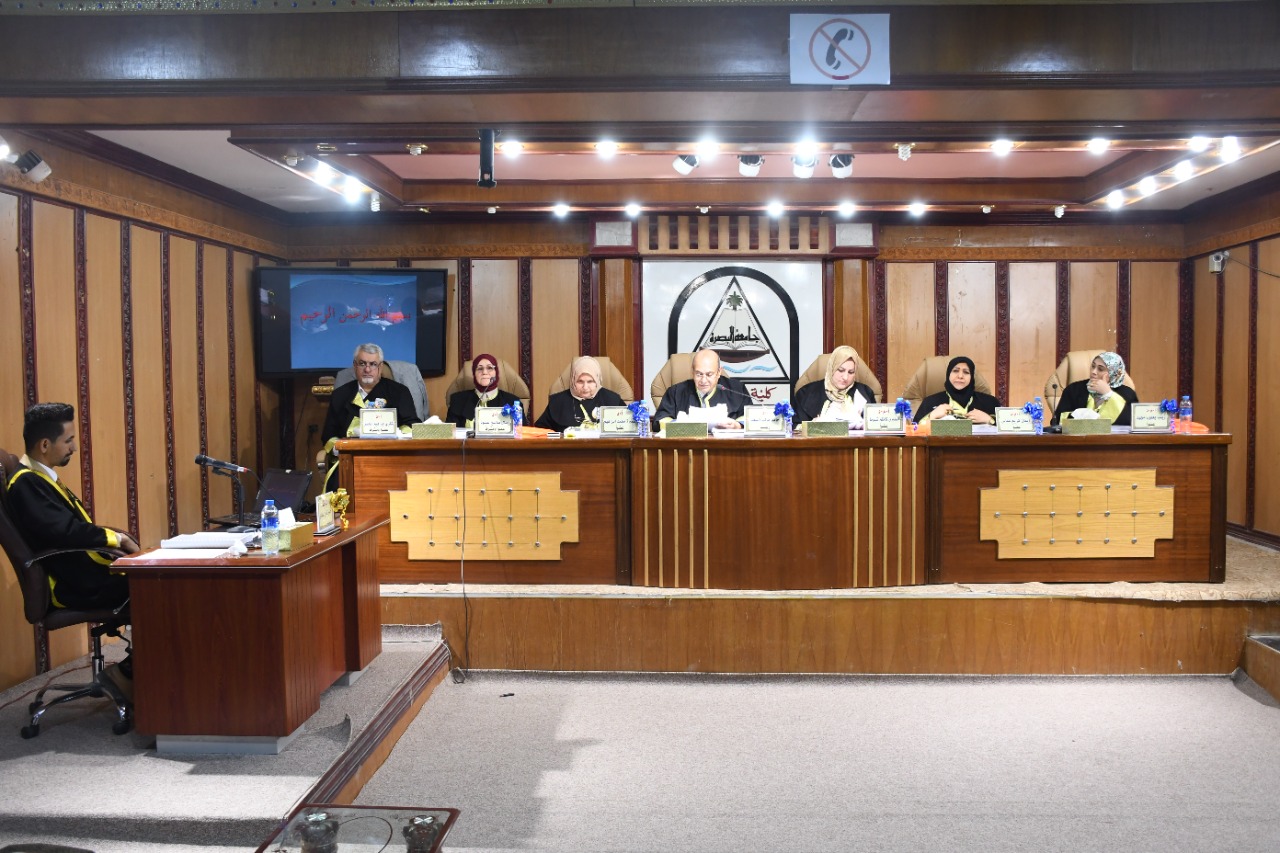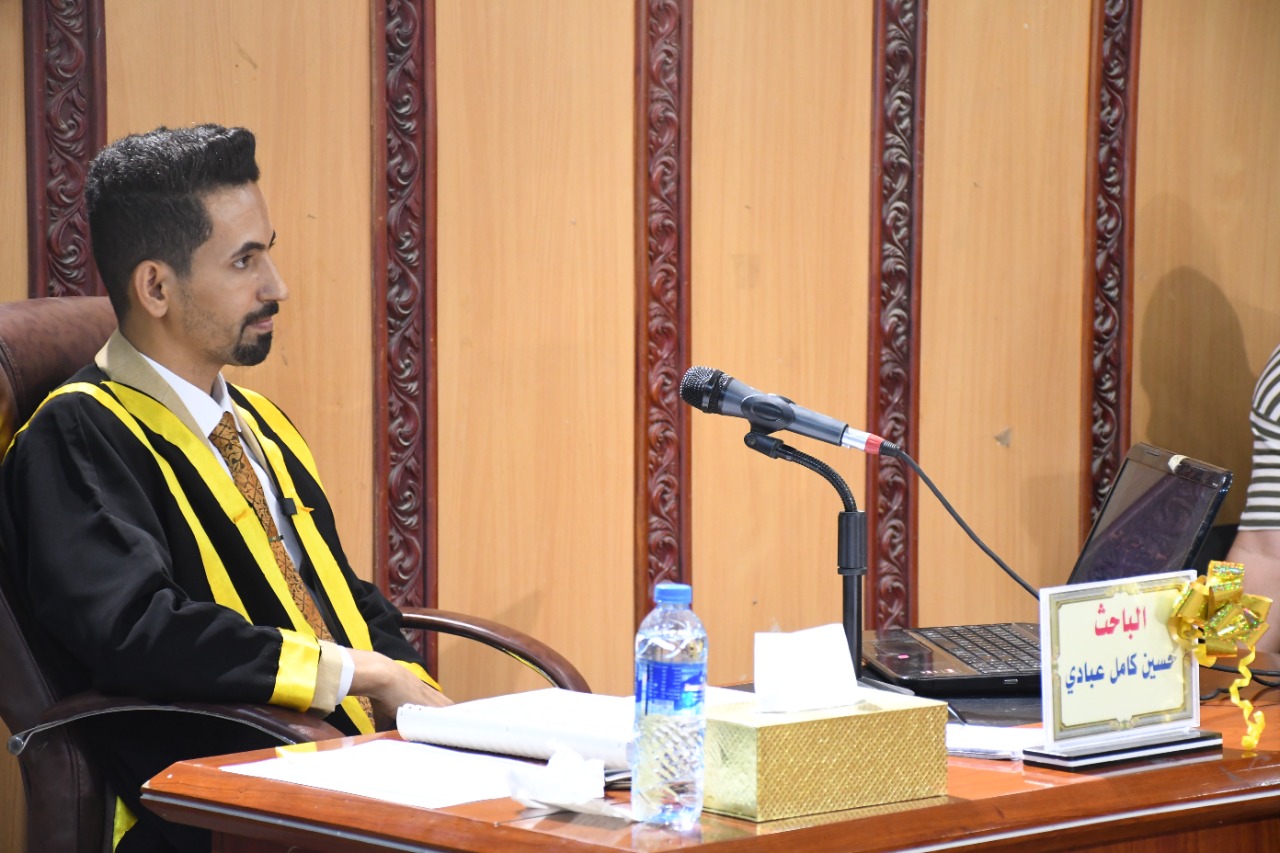


On Monday morning,14/11/2022, in the Department of Geography and Geographic Information Systems at the College of Arts at the University of Basrah a PhD thesis entitled (Electromagnetic pollution and its health effects in the city of Basrah, a study in medical geography) was discussed.
The thesis presented by the student Hussein Kamel Abadi included four chapters.The first chapter discussed the theoretical approach,the second chapter included the sources and levels of electromagnetic pollution in the city of Basrah, and the third chapter discussed the health effects of electromagnetic pollution in the city of Basrah.
The thesis aimed to study the levels of the energy density of electromagnetic rays in the city of Basrah emanating from the multi-purpose towers and compare them with the Iraqi environmental determinants and at specific geographic locations as well as obtaining a map of the city of Basrah distributed on the levels of energy intensity of radiation for each of the towers.
The study concluded:
1- Through study and investigation, it was found that the city of Basrah suffers from four main problems from electromagnetic pollution, which are distributed over the pollution of mobile phone towers, Internet broadcasting towers, radio broadcasting towers, and the pollution of 400Kv power transmission lines.
2- From the field study, it was found that the spatial distribution differ between the towers of the communication system, as the distribution was random and far from the regular shape in the city of Basrah and is not subject to monitoring.
The study found:
1- Work on distributing the towers in proportion to the coordination aspect of the city, and the distribution will be regular by the international environmental standards of the communications system.
2- Work to reduce the number of mobile phone towers in the city, because their presence and numbers have increased dramatically.
3- Work on enacting an environmental law from the Ministry of Health and Environment to reduce the number of antennas in line with the environmental standards agreed upon by them.







